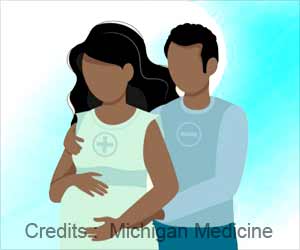
‘Antiretroviral therapy (ART) use among people living with HIV also reduces HIV transmission and eventually HIV-related orphanhood.’
Tweet it Now
HIV-related orphanhood among adolescents in sub-Saharan Africa has been associated with adverse physical and mental health and social consequences in addition to the behavioral risk for HIV among adolescents.Until now, little had been known about the contribution of HIV combination prevention including ART and male circumcision to recent trends in orphanhood.
To know more about this, researchers from Columbia, Johns Hopkins University, Washington University, Makerere University in Uganda, and the Rakai Health Sciences Program, examined the prevalence of orphanhood among adolescents aged 15–19 years, before and after the roll-out of ART in 2004 and male medical circumcision in 2007, using data from 28 continuously followed communities within the Rakai Community Cohort Study.
They adjusted relative risk ratios for maternal-only, paternal-only, and double orphanhood compared with non-orphanhood over 11 survey rounds between 2001 and 2018.
They examined the association between orphanhood and community prevalence of ART use among people living with HIV and the prevalence of male circumcision, including traditional circumcision, controlling for community HIV prevalence, household socioeconomic status, and adolescent age.
Advertisement
A 10 percent increase in community prevalence of ART use was associated with a decrease in maternal orphanhood and double orphanhood.
Advertisement
These findings suggest that trends in orphanhood were significantly associated with community prevalence of ART use, male circumcision, HIV prevalence, and socioeconomic status.
“The impact of male circumcision was confined to paternal orphanhood and double orphanhood, which is consistent with research showing that male medical circumcision prevents the transmission from HIV-positive women to HIV-negative men, but not from HIV-positive men to HIV-negative women,” noted Dr. Fred Makumbi of Makerere University and senior author on the report.
Before our study, we knew that the combination of ART and male circumcision was highly effective in preventing HIV transmission; now we know it is also effective in reducing orphanhood.
Reductions in orphanhood promise improved health and social outcomes for young people including improved mental health, higher educational attainment, and reduced child marriage.
Source-Medindia














